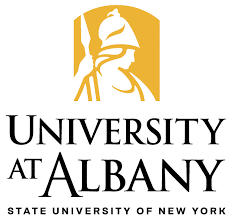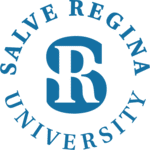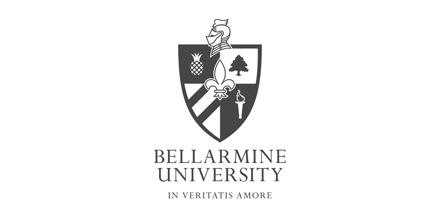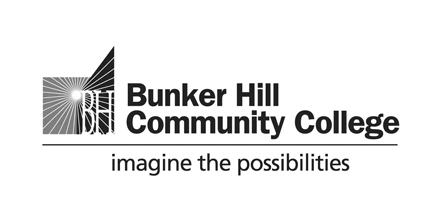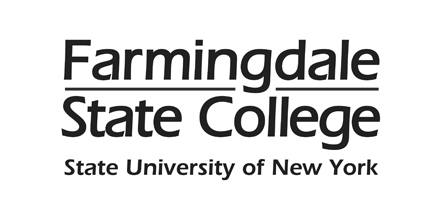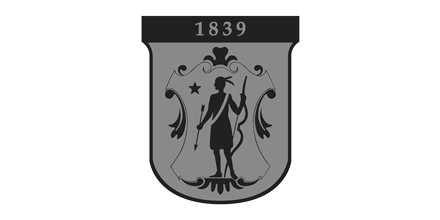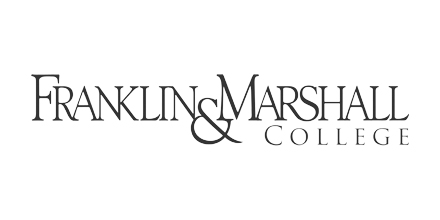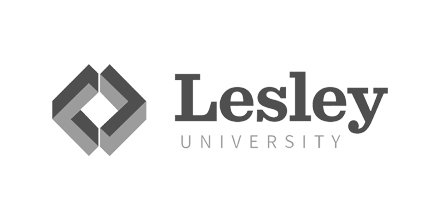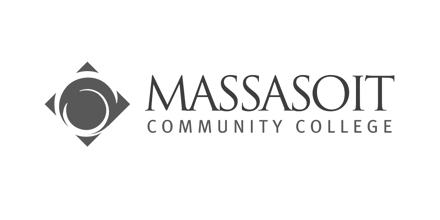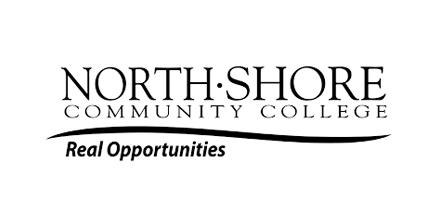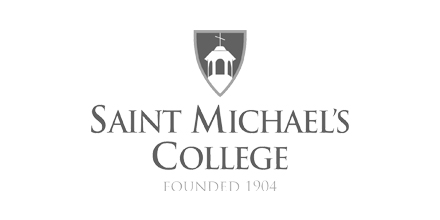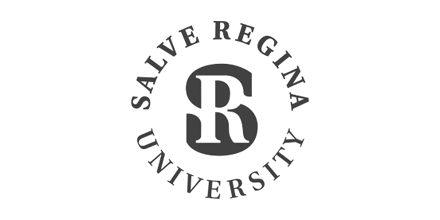By Russ Vickstrom, Director of HR (Retd), Worcester State University
Most institutions of higher education have very specific and stringent processes governing faculty requests for reappointment, tenure and promotion. In general, these processes are designed in such a way that individual faculty members create a portfolio that allows for an opportunity to demonstrate their overall readiness for the next step in their career by detailing their contributions to the institution regarding teaching effectiveness, service to the campus community, the community at large as well as their research / publications in peer reviewed journals and creation of new knowledge in their academic discipline. Once created, the process invariably includes reviews and comments by peer professionals both from inside and outside of the institution as well as department chairs and academic administrators such as provosts before making a recommendation to the president of the institution either in support or denial of the requested action. This process traditionally has been paper-based and requires a lengthy timeline due to the need to share the portfolio among the reviewers one at a time.
Some institutions require an annual process of reporting in order to be reappointed from one year to the next while faculty are moving through the tenure process. Properly executed portfolios from one year become the historical basis for the next review period and therefore become critical information to build upon for the next step in the process. Manual, paper-based require not only a certain level of security to keep the past work available, but also require a great deal of physical storage space for the myriad of binders that usually become the repository of the information.
We must also recognize that there will be many faculty members participating in these types of reviews each academic year and while it may not be unreasonable for individuals to keep things in order for themselves, consideration must be given to the various reviewers who are called upon to be part of the process on behalf of those being reviewed. Often times they are reviewing more than one individual. This is especially true with respect to academic department chairs and provosts.
Even once faculty achieve tenure and full professorship, many institutions and systems of higher education have incorporated post tenure reviews that require similar processes of reporting and recommendation. Here again, we have been burdened unnecessarily cumbersome paper-based approach/processes.
Hirezon’s Enhanced HR Forms module can easily replace this paper process and allow for simultaneous review by all interested parties through online information sharing and document management. Faculty Personnel Actions can be managed, tracked, completed and archived in a much more efficient and timely manner. Eliminating paper-based systems whenever and wherever possible makes perfect sense in this age of electronic communication.
For more information on how Hirezon/Interview Exchange can help you streamline your faculty personnel action process, please request a demo of our HR Forms module:






